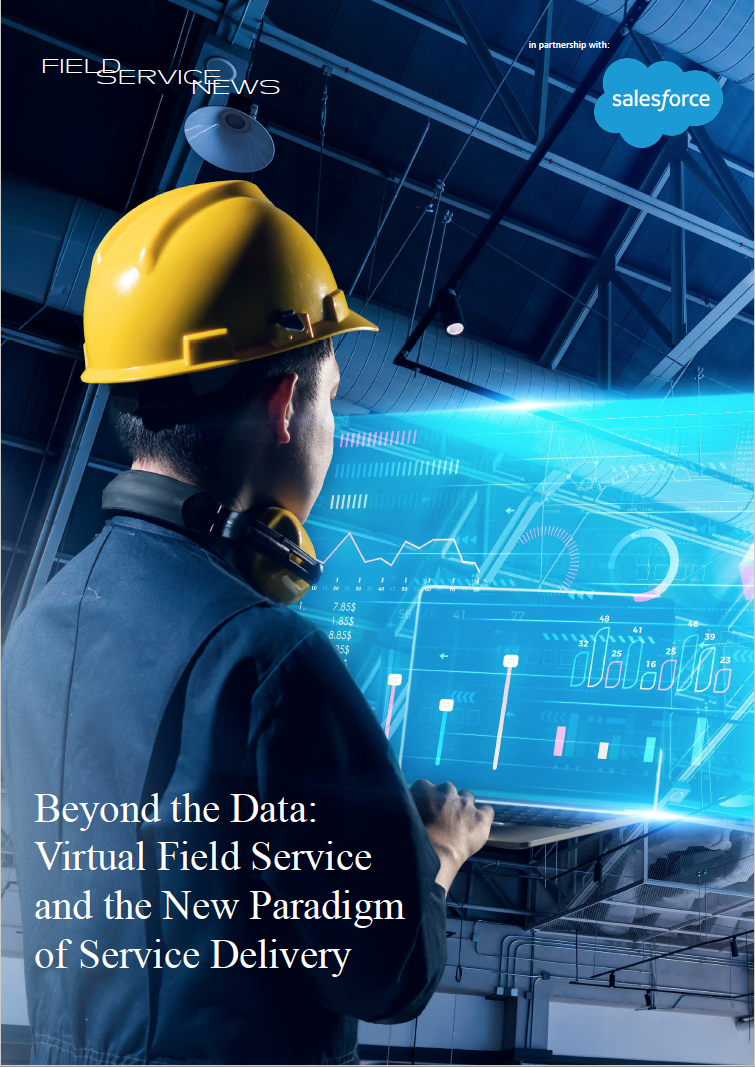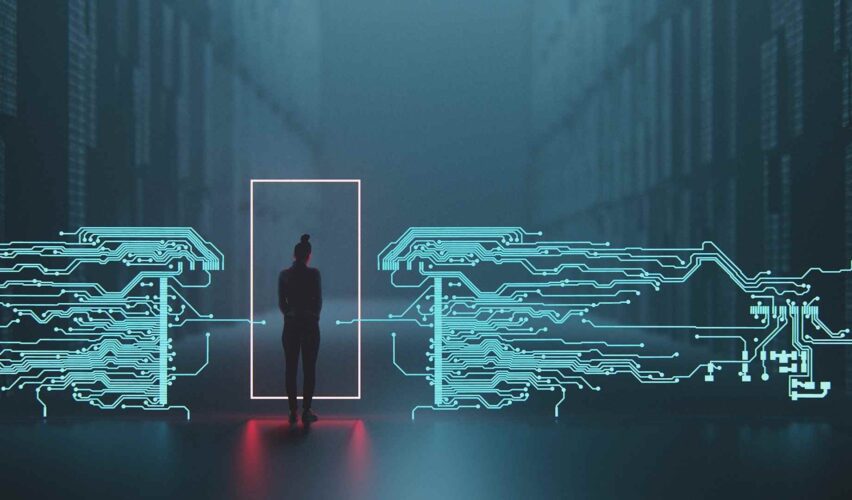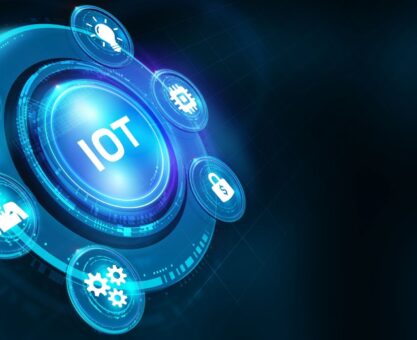As we continue our series fo articles from an exclusive FSN Research Beyond the Data report from an important study run in partnership with Salesforce we look at why remote service solutions must be an effortless option for your customers…
When developing any business processes, it is important to adopt a position that understands how your customers see your company from the outside and ensure that your service delivery approach is clear, uncomplicated and requires little effort on the customer’s part. This is as true of remote-service as it is any other aspect of service and maintenance delivery…
Continuing this theme of sophistication and needing to generate simplification rather than complication for the customer, Michael Kuebel, Salesforce, also makes a very salient point.
“Sophistication is a bit of an inside out approach and we shouldn’t do sophistication for the sake of sophistication,” he began.
“We’re really looking towards is establishing effortlessness. This is what we need to offer to customers. Complex, sophisticated tools are not what’s needed; what is needed is something that makes it easier for us to help customers.
“For example, we’ve just released a remote visual assistant tool embedded into the Salesforce field service solution. The beauty of that tool is that the customer doesn’t need to install a single piece of software, we provide him through any channel like email or SMS, a link, and they just click on that link. It will work in literally any smartphone; the window opens, it’s super intuitive.
“There is no need to install anything, no need to read the handbook or buy glasses, etc. The sophistication is happening behind the scenes. Because we have OCR (optical character recognition) embedded in the solution, we can directly scan a barcode or a serial number. Then the sophistication behind the scenes can, directly from that serial number, identify what’s the right spare part and maybe even start ordering a spare part.
“In my career prior to joining Salesforce, I spent 15 years, running call centres, and the struggle in identifying a serial number on the phone with a customer when it is something like 28 digits is just horrible. If you integrate this into a video tool, yes, it’s sophisticated on one side, but the customer only experiences the effortlessness. However, it is not only the effortlessness of the tool for the customer but also the effortlessness of the integration of the tool within the platform for the engineer and contact centre staff.
“The tool itself is not a standalone piece of technology; it is part of the wider system. It can connect with and take into consideration CRM information, asset history, and even IoT data. Without this, t’s just a troubleshooting diagram and not really a remote support tool.
“The same goes for video support, it should be embedded in the case console, so the session that you have with your customers should be part of the asset’s history. Then, should you need to send out an engineer, the remote session is already part of the asset history and the engineer can refer to that session, see what has already been asked of the customer and work towards a resolution in a quicker more efficient way.”
“We have been on a journey to introduce IoT across our install base for quite a long time already, but the pandemic made this a much more urgent project. The ability to read data from the asset in real time and to connect to the asset is going to be service delivery in the new normal I think, and I mean for all service companies not just us…”
The one thing that absolutely came through in the follow-up conversations to the study was how important a role IoT will play in the successful adoption of remote-services. As Kuebel explained, it is essential to bring all of the technologies together to enable effective remote service delivery.
Being able to connect to assets in the field is a critical part of that puzzle.
This does appear to be an area where much of the industry has made significant process. 65% of the respondents to this study stated that IoT or remote diagnostics were part of the tools they used to deliver remote service.
Almost half (46%) added that they were able to use real-time analytics to monitor the machine data both for preventative fault diagnosis and as part of their triage process.
“The most important piece is the connectivity of our assets,” explained one survey respondent who was Head of Service Operations for a UK based manufacturer in the med-tech sector.
“We have been on a journey to introduce IoT across our install base for quite a long time already, but the pandemic made this a much more urgent project. The ability to read data from the asset in real time and to connect to the asset is going to be a huge part of service delivery in the new normal I think, and I mean for all service companies not just us.”
Indeed, it does seem that connected field service and the IoT will be at the heart of the emergence of truly effective remote service delivery. For Salesforce’s Michele Federici, with the technological underpinnings that have been developing for many years now matched by an appetite for new service thinking driven by the pandemic, embracing remote service is an opportunity that we cannot afford to miss.
“It’s probably been almost 20 year since an external event has created such a massive change to the field service industry,” he explains.
“We are seeing a massive change in technology adoption. Imagine that now everyone is willing to be served remotely, then you are in a situation where the market demand is ready. This is a unique opportunity that we can’t miss. The technology is there, some aspects are easy, some a bit more complex, but the technology is there, and the demand is there, so just make a connection.
“Then make sure that is the best connection in terms of what your customers are expecting from you, in terms of this new wave of service delivery that is going to be the future.
“For example, introducing video calls and remote assistance, is doing something in a new way but is still essentially an ‘old’ approach to service.
“However, if you want to go beyond that, an IoT connection with automatic remote fixing of the other problems may be suitable. Of course, this is a little bit more of a complex solution, but again the technology is there, almost all devices can be connected to the IoT.
“However, I think that all the companies must also look to their customers in terms of how can I serve them better?
“Technology is there, demand is there. Just connect them.”

Want to know more?
FSN PRO and FSN PRO+ users can find the full paper this article is taken from in the premium resource library.















